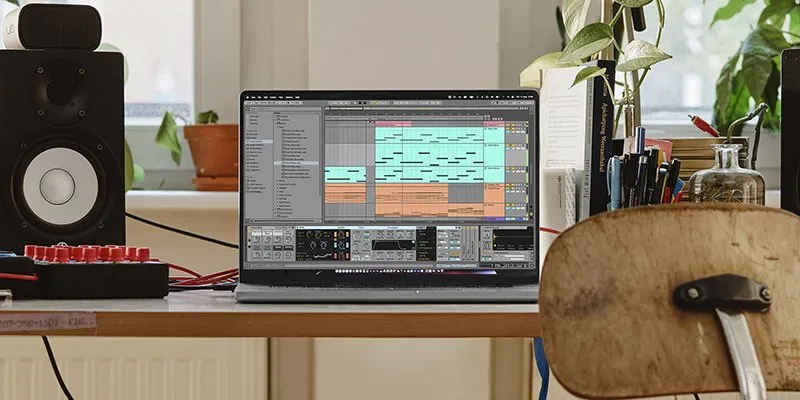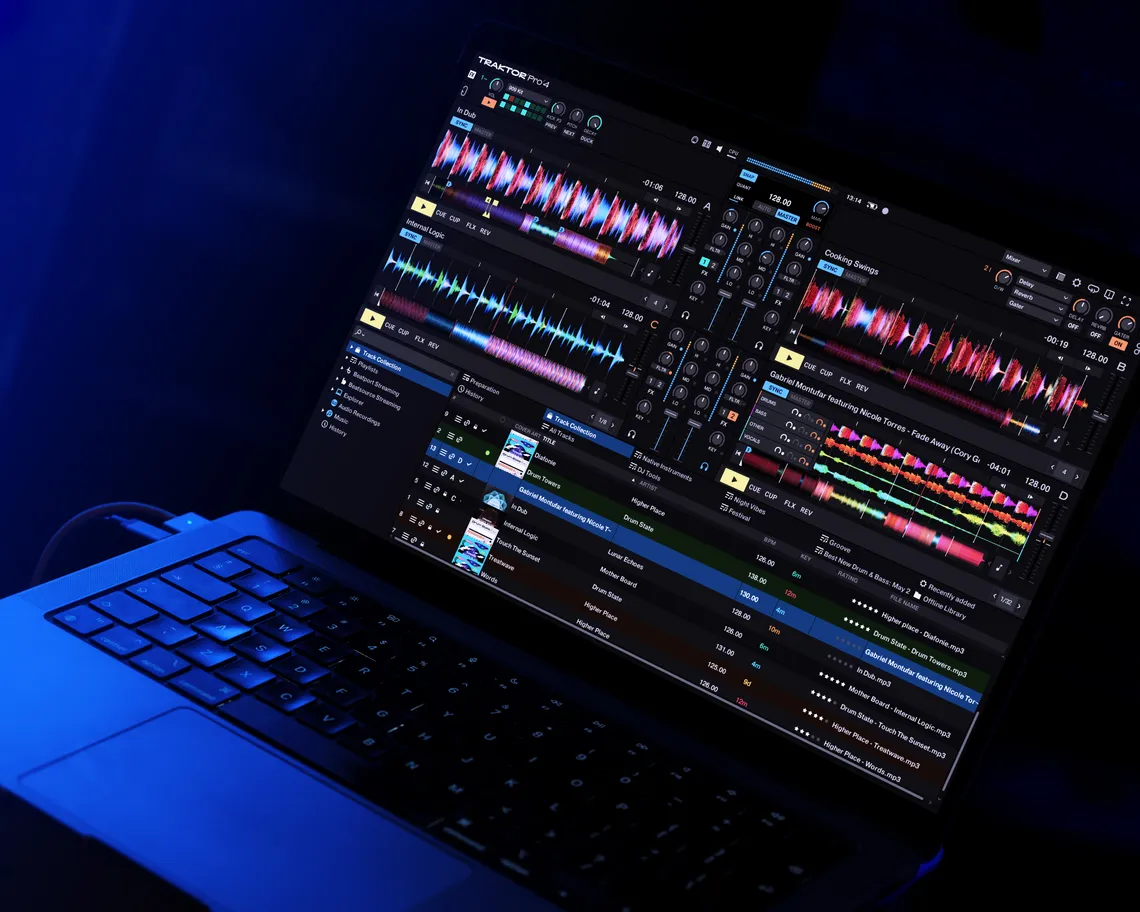Live 11.3 introduces Drift, an innovative MPE-enabled synthesizer available to users of all Live editions, including Live Lite. Drift is a highly versatile instrument, adept at generating a wide array of sounds that encompass various modern music genres.
From the Live 11 beta release notes:
Introduced Drift, a new Instrument available in all editions of Live. Drift is a compact subtractive synthesizer that comes with a wide sonic palette and an approachable interface.
The synthesizer's straightforward layout and user-friendly controls provide an ideal platform for beginners to experiment with synthesis, while its rich sonic capabilities offer a valuable expansion to the creative toolkit of experienced sound designers.
Drawing from the essence of classic hardware, Drift seamlessly integrates elements from contemporary synthesizers and Eurorack modules. This careful blend has been meticulously fine-tuned to deliver exceptional sound quality across all settings with minimal effort.

Once you understand Ableton's inspiration for the new synthesizer, the name Drift makes a lot of sense.
In synthesis, oscillators are the primary sound generators that produce the basic waveforms used to create a variety of sounds. When two oscillators play in tandem (or together), they are usually intended to complement and reinforce each other to produce a richer, more complex sound.
However, in analog synthesizers, these oscillators are not always perfectly stable due to the nature of the electronic components involved. As a result, they can sometimes lose synchronization, meaning that their waveforms are no longer aligned or moving in a consistent pattern with each other. Alternatively, they may become detuned, which occurs when the oscillators' frequencies drift apart, creating a difference in pitch. One of the alluring aspects of classic analog synthesizers is this inherent unpredictability.
These imperfections in synchronization and tuning can generate unique sonic textures that are difficult to reproduce, adding a distinct character to the sound produced by the instrument. This lively and dynamic quality is often regarded as a desirable trait in analog synthesis, as it gives the instrument a more organic, "living" feel compared to the precise and sterile sound of digital synthesis.
This very notion served as the catalyst for Drift.
In the accompanying video, Seed to Stage dives deep into this inventive device, demonstrating the myriad possibilities that Drift's dual oscillators offer. The video showcases how these oscillators can be artfully adjusted, modulated, and interconnected to produce unique and unconventional sounds. Viewers can learn techniques for folding, pulsing, and synchronizing waveforms, as well as intuitively modifying a wide range of parameters. The video also explores how to fully harness the potential of Drift's fluid and responsive analog-style filters, further enhancing the synthesizer's overall capabilities and creative possibilities.
It's easy to overlook a "simple" two oscillator synth. But with just two oscillators, a wide variety of sounds can be generated by combining and manipulating their waveforms. The possibilities depend on the available waveforms, oscillator tuning, modulation options, and additional signal processing. Here are some of the fundamental sounds and techniques that can be achieved with two oscillators:
- Harmonic richness: By simply combining two oscillators with the same waveform and tuning, you can create a richer, thicker sound due to the natural phase interactions between the waveforms.
- Detuned unison: By slightly detuning one oscillator relative to the other, you can create a lush, chorusing effect that adds warmth and depth to the sound.
- Octaves and intervals: By tuning the oscillators to different intervals, such as octaves, fifths, or other musical intervals, you can generate harmonically interesting sounds reminiscent of classic synthesizer patches.
- Frequency modulation (FM): By using one oscillator to modulate the frequency of the other, you can create complex, evolving timbres ranging from metallic and bell-like tones to aggressive, growling basses.
- Amplitude modulation (AM) or ring modulation: By using one oscillator to modulate the amplitude of the other, you can create unique, evolving sounds with distinct harmonic content.
- Pulse-width modulation (PWM): If one or both oscillators generate pulse waves, adjusting the pulse width can create a dynamic, moving sound, especially when modulated by an LFO or envelope.
- Sync: By synchronizing one oscillator to the other, you can create harmonic-rich, cutting sounds that are particularly useful for leads and basses.
- Wavetable interpolation: If the oscillators are wavetable-based, you can create evolving textures and complex sounds by smoothly transitioning between different waveforms or scanning through the wavetable.
- Layering: By using different waveforms and settings for each oscillator, you can create layered sounds with a rich harmonic spectrum.
- Beat frequencies: By tuning the oscillators slightly apart in frequency, you can create rhythmic pulsing or beating sounds due to the interference pattern between the waveforms.
Drift is poised to become an essential tool for both novice and experienced producers seeking to explore and harness the captivating qualities of analog synthesis. Join the beta testing group today and experience firsthand the remarkable capabilities of this innovative synth.





